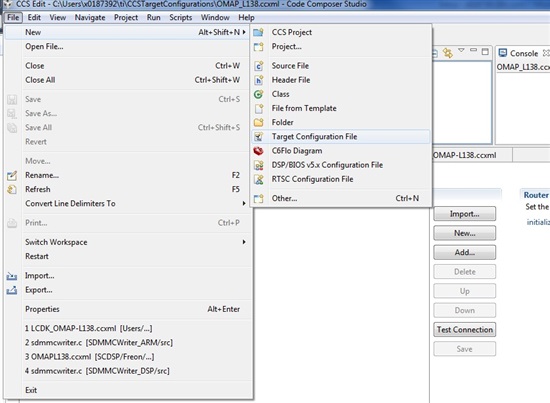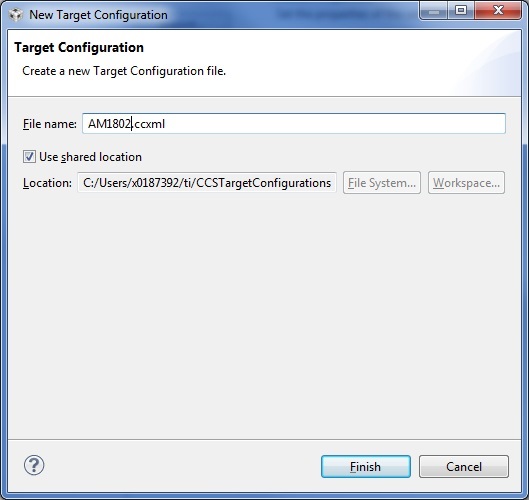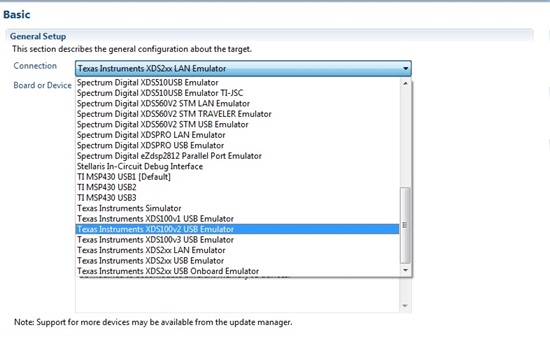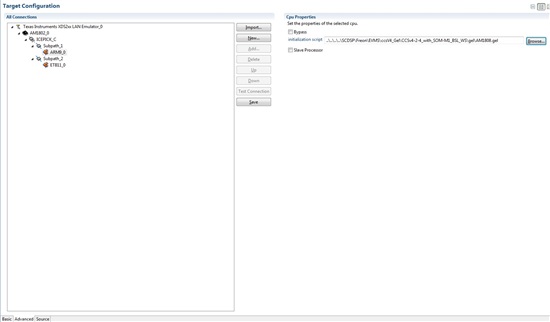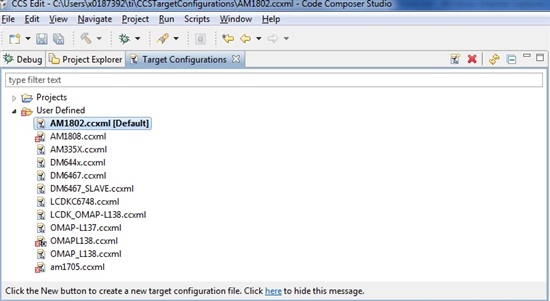I've got a new board built for the first time and am trying to debug why it isn't showing any real signs of life.
- I've confirmed the power rails are correct and come up in the correct order
- I've verified that I have a 25mHz clock at 1.2V
- I've tied both RESET and TRST to an external switch and held them low then high
- Boot pins are configured for SD boot (boot[7:0] are 00011100)
- uSD socket is connected to MMCSD0 (CLK (ball E9) through 22 Ohm to pin 5)
- When I power up the board with REST/TRST low I measure a low on the SD clock line. When I pull RESET/TRST high I can see the SD Clock line go high but it isn't generating a clock.
- I don't see any activity on the CMD line of the SD Card either
- I have UART1 and UART2 Tx/Rx going to a header but I don't see any activity on those lines either.
Since I see the SD Card clock line go high I know that the processor is doing something but I'm not sure why I don't see a clock signal. I would have also though I'd see something on UART1 (or UART2) Tx line as the ROM loads but I'm not sure about that.
What else can I or should I be checking to see if I can bring this board to life?
Thanks,
George



